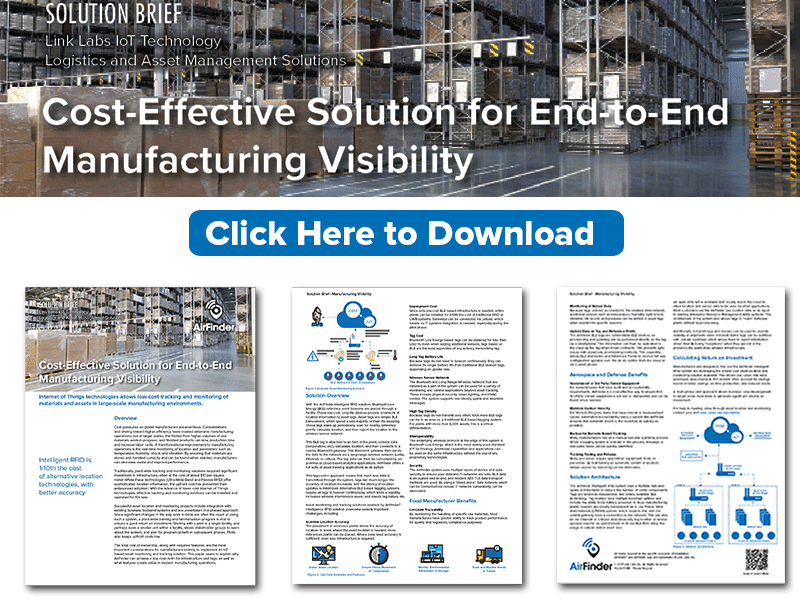Succeeding in the Internet of Things rests on effective and efficient communication of data to and from the device. In acknowledging the full power of smart sensors, it helps to better understand the benefits of reliable Quality of Service (QoS) techniques.
What is Quality of Service (QOS)?
Preferring a proprietary Low Power Wide Area Network (LPWAN), over the public LoRaWAN protocol, industry and enterprise customers can enjoy greater reliability and advanced features. One of those features is the implementation of QoS techniques supplying an efficient and effective path for communications.
Quality of Service (QoS) manages network capabilities and resources to provide a reliable backbone to IoT connectivity. In order to offer secure and predictable services, QoS will manage delays, delay variation, bandwidth and packet loss by classifying traffic and registering channel limits.
Business Benefits of QoS in IoT Ecosystem
Sending data quickly and efficiently adds a critical competitive IoT edge. In Link Labs’ Symphony Link environment, device nodes register a QoS factor (0-15) with the gateway. This factor limits the nodes’ ability to access channels in each frame and provides the gateway with a means to limit uplink during times of congestion.
With effective QoS management in place, the IoT system has a much better chance of receiving warnings or other high priority messages in near real-time. After all, there’s a steady stream of data transmitting up and down on the LPWAN, but seconds matter when it comes to an alarm.
In practical terms, an industrial user wouldn’t want to see a routine water meter reading trump an important alarm. Or, consider the value of being able to quickly shut off a supply valve when sensors report a security issue, prioritizing the data driving that action over a command for remote location monitoring. Even in auditing levels of a tank, QoS can distinguish between standard reporting of usage and the message that the tank is empty and needs immediate replacement.
Along with the confidence that important messages will be prioritized via a reliable QoS, the IoT client can also see cost efficiencies from being able to connect more nodes to the network.
With advanced QoS solutions, the needs of the IoT device are met while considerations of the other IoT devices sharing a gateway are also effectively addressed — in a reliable, secure way. Optimize operations and reduce infrastructure costs with QoS accelerating provisioning and protecting high-value traffic.





